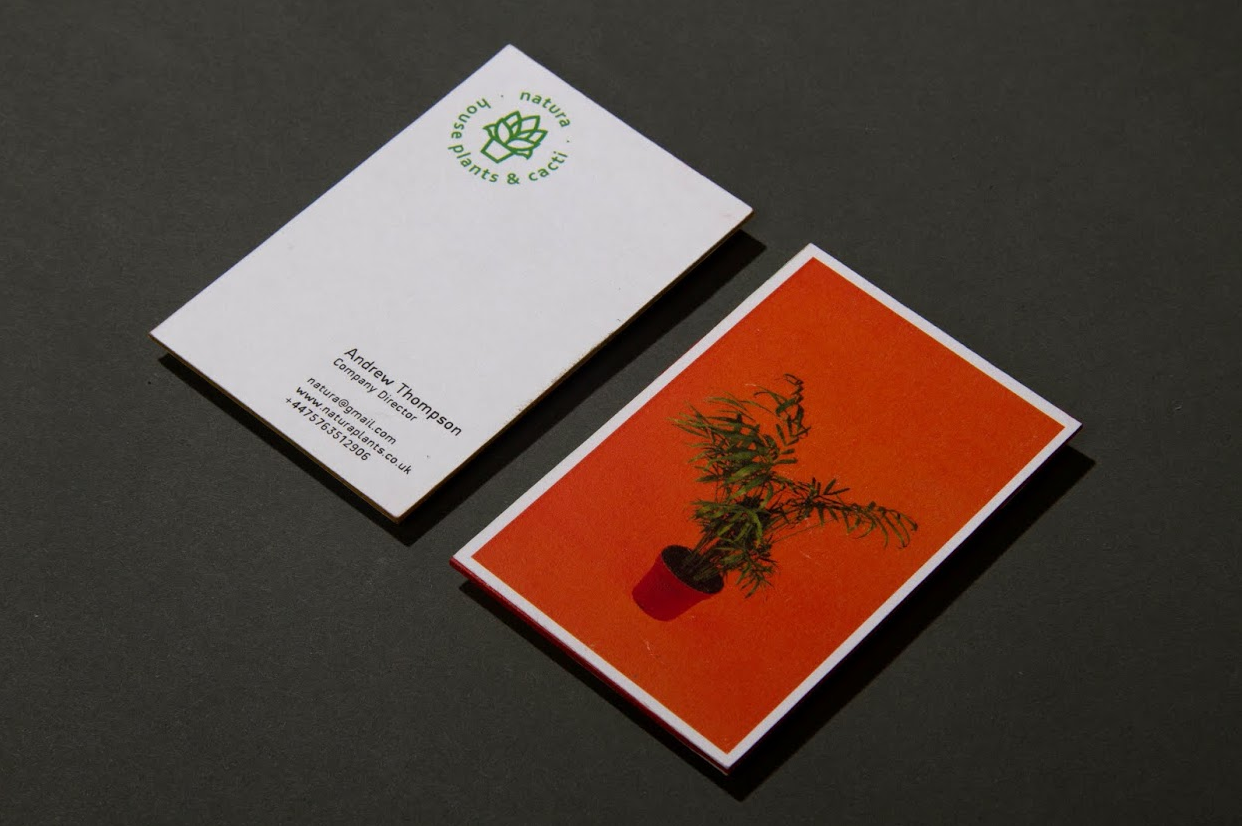Images below document the step by step process of creating the sustainable notebooks, from trimming the collected paper to binding the individual booklets.
During our last session with Ben, I presented the idea that I wanted to move back to working in notebooks as this is an aspect of my practice I lost when I came to university. I feel working in sketchbooks has many benefits to my developing practice, some of which have been listed below;
Although the notebooks were mainly developed as part of my PPP module, I am planning to use one of them as my research sketchbook.
During our last session with Ben, I presented the idea that I wanted to move back to working in notebooks as this is an aspect of my practice I lost when I came to university. I feel working in sketchbooks has many benefits to my developing practice, some of which have been listed below;
- Get back to working with my hands - Sketching is something I don't spend a lot of time on since starting the course and using a sketchbook to record research will help me integrate it more into my practice.
- As a designer whose practice is largely influenced by hand rendered development, sketching more regularly will help my practice to develop.
- Portable, allows me to collect and record research easily while on the move.
- Less restrictive than blogging - pages can be scanned with important aspects highlighted within the blog post.
- Working in a sustainable notebook has relevance to my ethics & manifesto.
Although the notebooks were mainly developed as part of my PPP module, I am planning to use one of them as my research sketchbook.
COLLECTED PAPER
The image below displays the range of waste paper stocks that were collected throughout the first five months on the course.
The stock, which will form the covers and interior pages of the notebooks, was collected from bins and tables from around the university, and so would have otherwise been sent to be recycled. By collecting and using waste paper stock instead of buying some recycled stock from the internet I am able to vastly reduce the carbon footprint associated with the notebooks.
 |
| Stock collected over a four month period. |
 |
| I also collected some recycled grey board for the notebook covers that had previously been used to print business cards. Luckily for me, the board was unused due to a misprint. |
TRIMMING
The stock that was collected came from a range of sources and undoubtedly had been used for a range of purposes. A consequence of using waste paper was the varying sizes of the individual sheets. One of the first major tasks that needed completing as part of the project was the process of trimming all the sheets down to the same size.
 |
| Paper was trimmed using the guillotine. |
 |
| Paper was trimmed to an A4 size so that when folded it met the outlined individual page size of A5. |
NOTEBOOK PRODUCTION
The sheets of trimmed paper were taken back to my house where I completed the various stages of the binding process.
 |
| Tools used during the binding process. |
 |
| Folding the paper was very tedious and took over three hours. |
 |
| Paper was arranged into piles of stock type, this helped when creating the individual signatures. |
 |
| The signatures consisted of six folded pages and varied in stock type giving the books a lot of character. |
 |
| An etching needle and custom template were used to pierce holes through each signature. |
 |
| Each booklet will feature five signatures giving a total of 120 individual pages. |
 |
| The coptic stitch was completed using hemp string, a stronger and more sustainable alternative to most conventional twines. |
FINISHED NOTEBOOKS
After the stitching process was completed the notebooks had any excess trimmed from the pages and covers to ensure that they are neat and finished to a professional standard.
Once the process of trimming was complete the sustainable notebooks were ready for photographing and sale. Of the seven produced, one was taken to serve the purpose of a research sketchbook with the other six being sold as part of the PPP module.






















































